Eight hundred years of settlement history with land reforms, epidemics and repeated wars are preserved in the sediments of Lake Czechowskie in Poland. The key role was played by the so-called Margrave's Road, the "Via Marchionis", between the Prussian heartland and the Teutonic Order’s castle Marienburg (today Malbork in Poland). The road remained significant for centuries. In a Polish-German cooperation, researchers have linked historical events and changes in the natural environment. The work was done within the framework of the Helmholtz Virtual Institute ICLEA (Integrated Climate and Landscape Evolution) and was led by Michał Słowiński (Polish Academy of Sciences) and Achim Brauer (German Research Centre for Geosciences). The results have been published in the scientific journal "Scientific Reports".
Anyone traveling from the city of Brandenburg via Berlin to Frankfurt an der Oder does so along an ancient route that reaches far into Poland. German and Polish researchers have now documented the influence of this East-West connection on the history of the landscape by examining the sediments of Lake Czechowskie in the Bory Tucholskie and also evaluating historical sources. According to the results, three phases of landscape development can be distinguished in the last eight hundred years: from an almost untouched landscape through an intermediate phase lasting several centuries – characterized by alternations between strong settlement activity and the return of nature after wars – to today's cultural landscape.
One of the two main authors, Achim Brauer of the GFZ German Research Centre for Geosciences in Potsdam, says: "Wars had a clear influence, as the Via Marchionis was repeatedly used for troop transports that led to local destruction and devastation. In this study, for the first time, we have shown the impact on the landscape for every war in the region’s history. In general, wars have led to greater or lesser devastation ('renaturalization') of the landscape, which has also lasted for varying lengths of time."
At other times, it was political developments that left their mark on the landscape, such as an agrarian reform in 1343, which led, with a certain time lag, to an accelerated "anthropogenization" of the landscape, that is, to clearly visible human influence. In the sediments of Lake Czechowskie this is shown by a strong increase of rye pollen and the decrease of birch and pine pollen.
Because sediments in a lake exhibit annual stratification similar to tree rings, the German-Polish team was able to pinpoint the year from which pollen originated by counting the individual layers ("warves") down to a resolution of five years. According to this, the landscape remained largely untouched by humans until about 1350. Extensive forests and natural grasses dominated. Then followed five turbulent centuries. The expansion of agriculture and the formation of larger towns were favored by a warm climate and politically calm times. However, between 1409 and 1435 there was war between the Teutonic Order and Poland – fields became fallow land, forests expanded again. After peace was concluded, five quiet decades followed again, during which an increase in handicrafts was also evident. Hardwood was cut to obtain building material and potash – thus, birch pollen disappeared from lake sediments, rye again increased massively.
Huge army campaigns with thousands of riders and foot soldiers, plague epidemics in several waves and some very cold years with crop failures are also documented. Then, from the middle of the 19th century, the influence of agriculture, settlements and economic activity took over to such an extent that one can speak of a predominantly human influence, which continues to this day.
First author Michał Słowiński sums up: "The most important result is that this development did not take place uniformly. Rather, we see an alternation of phases of rapid development and significant regressions. The reasons for this are complex interactions of socio-economic, political and climatic factors."
Original study: Michał Słowiński, Achim Brauer, Piotr Guzowski, Tomasz Związek, Milena Obremska, Martin Theuerkauf, Elizabeth Dietze, Markus Schwab, Rik Tjallingii, Roman Czaja, Florian Ott, Mirosław Błaszkiewicz: "The role of Medieval road operation on cultural landscape transformation" in: Scientific Reports. DOI: 10.1038/s41598-021-00090-3
Scientific contact
Prof. Dr. Achim Brauer
Head of the Section Climate Dynamics and Landscape Evolution
+49 331 288-1330
achim.brauer@gfz-potsdam.de
Media contact
Josef Zens
Head of Public and Media Relations
+49 331 288 1040
josef.zens@gfz-potsdam.de


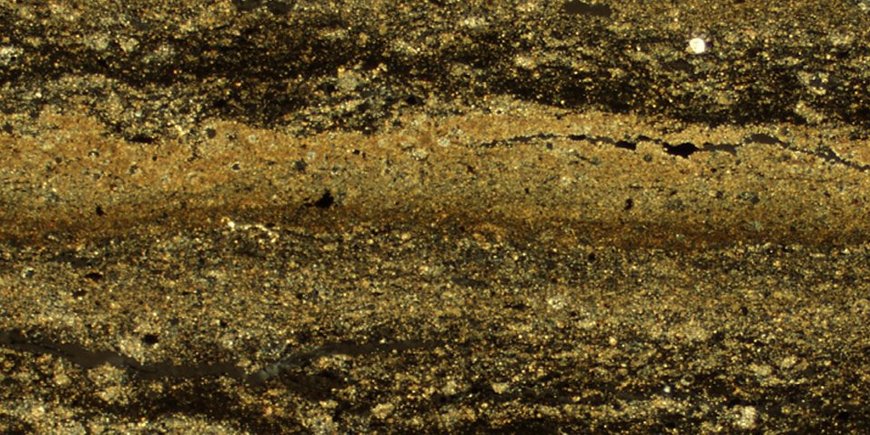
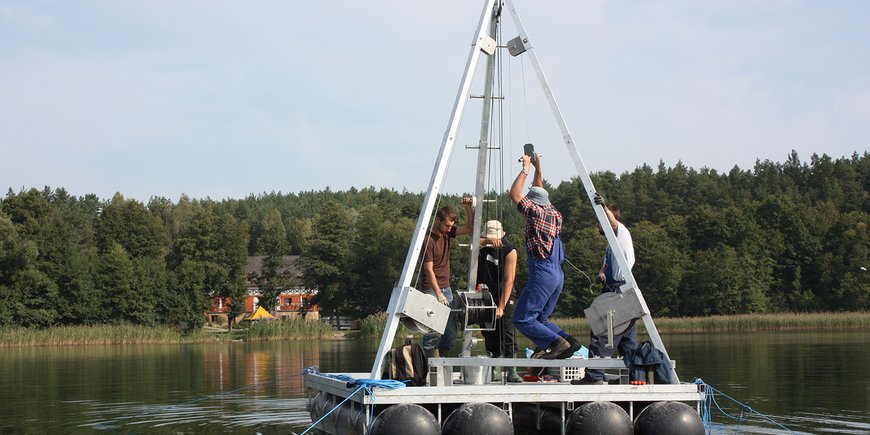
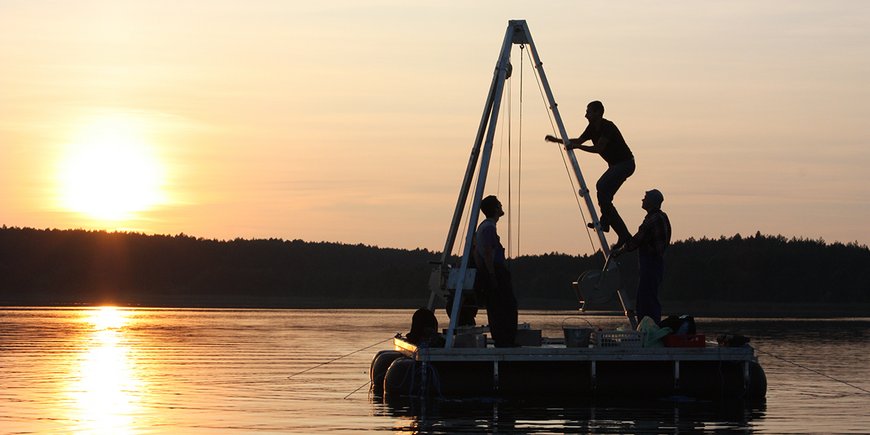
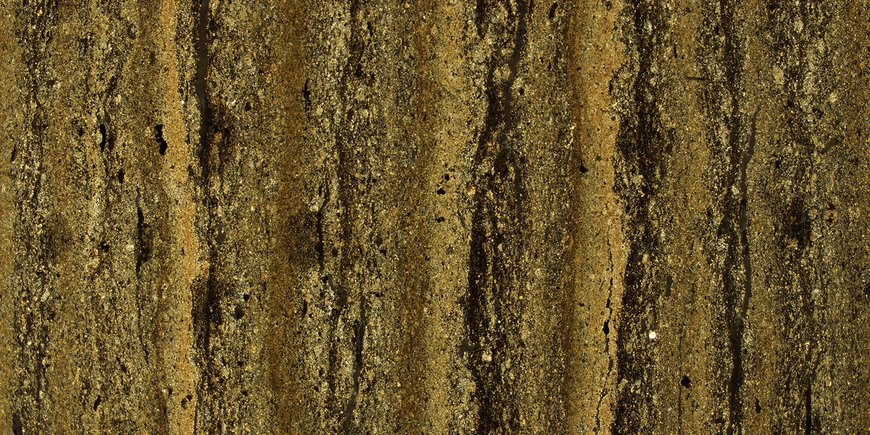
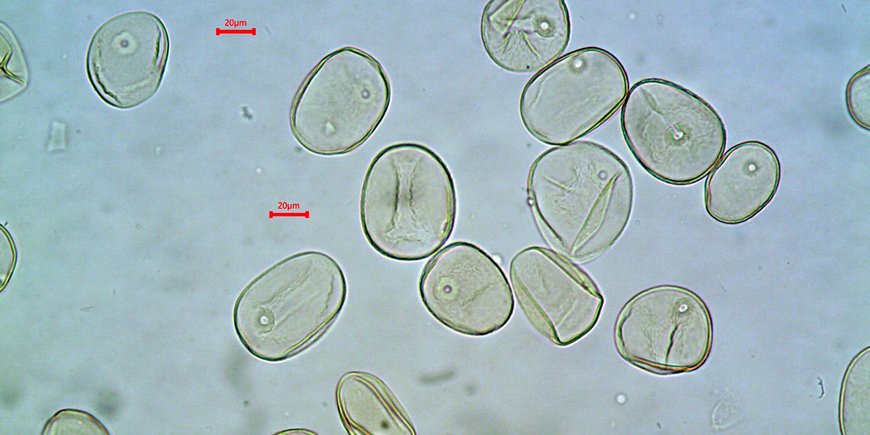





![[Translate to English:] Torsten Sachs in front of a climate station on a field](/fileadmin/_processed_/3/9/csm__TorstenSachs_bearbeitet_GS_4a1365ef84.jpeg)

![[Translate to English:] left image flood at the Ahrtal: image from above, several houses are flooded; left image:: Heidi Kreibich;](/fileadmin/_processed_/4/4/csm_Bild2_9af0130e9f.png)



![[Translate to English:] Start der Vega Rakete](/fileadmin/_processed_/6/4/csm_20231201-kachel_Vega-VV23-launch_ESA-CNES-Arianespace_706716b68c.jpeg)









![[Translate to English:] Poster exhibition at the Brandenburg Hydrogen Day at the GFZ, some participants in the foreground](/fileadmin/_processed_/6/5/csm_Erster_Brandenburgischer_Wasserstofftag_GFZ_402fcec95e.jpeg)
![[Translate to English:] Group picture of the participants](/fileadmin/_processed_/9/4/csm_20231108_CAWa-Workshop-Tashkent_Gruppenbild_99ea779d8a.jpeg)

![[Translate to English:] [Translate to English:] Hörsaal](/fileadmin/_processed_/e/6/csm_H%C3%B6rsal_e21ac645fb.jpeg)


![[Translate to English:] The Delegations in the Historic Library on the Telegrafenberg. In the back there are from left to right, the Dutch Ambassador for Germany, Ronald van Roeden, the Dutch Minister for Education, Culture and Science, Robbert Dijkgraaf and the scientific director of the GFZ, Susanne Buiter.](/fileadmin/_processed_/d/b/csm_Kachel-2_9eba4b4212.jpeg)

